What kind of coffee beans are produced in Indonesia? what are the flavor characteristics of the three major coffee varieties in Indonesia?
As one of the main coffee producing areas in the world, Indonesia plays an important role. Due to history and planting level, Indonesian coffee varieties are complex and mixed with each other, causing the outside world to get dizzy when talking about Indonesian coffee varieties. In this issue, baristas will take an inventory of coffee varieties in Indonesia.
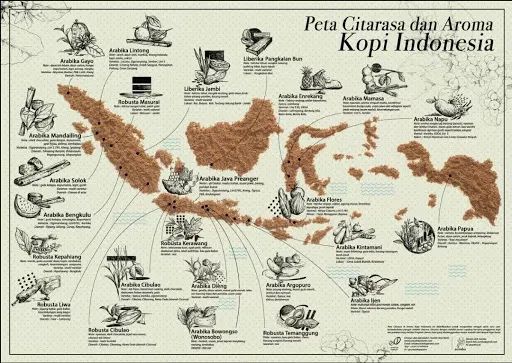
Sumatra iron pickup, the oldest variety grown in Indonesia, was introduced to Java by the Dutch from India at the end of the 17th century and was planted in the larger island of Sumatra in the north as Java succeeded and spread widely. At that time, the iron pickup planted in Indonesia was a coffee with a good flavor at that time. After a long period of integration with the local growing environment, it formed a low-sour, high-sweet and herbaceous flavor of Indonesia.
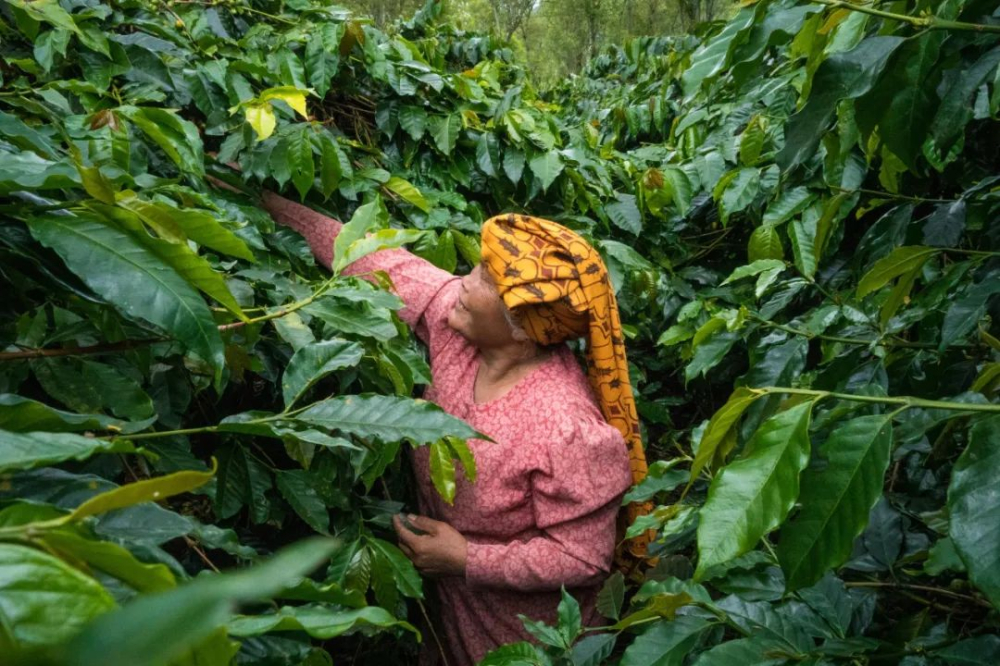
As leaf rust swept through Indonesia in 1877, most of the iron pickups in Indonesia were infected and withered, and the Indonesian government could only introduce disease-resistant varieties to replace them. Today, Sumatra iron pickups are mainly distributed in Lake dopa and Lindong. The beans from Lindong Manning producing area in the former street contain the excellent variety of iron pickup.

The name Sumatra iron pickup is generally impossible to hear in Indonesia. They will use Bergendal, Sidikalang, Rambung and other names to represent Sumatra iron pickup. It is also the best variety of coffee beans in Mantenin, Indonesia. Robusta Indonesia is a coffee-producing country that produces both Arabica and Robusta. Robusta now accounts for 85% of Indonesia's total coffee production, while Arabica has only a pitiful 15%. On the island of Sumatra, high-quality Manning Arabica coffee is in northern Sumatra in Lake dopa and Lake Tawa. Robusta, on the other hand, does not have much demand for altitude, and Robusta grows a lot in the south. The reason that Robusta occupied most of Indonesian coffee was the great crisis of leaf rust in 1877, and the iron pickup originally planted in Indonesia withered. In order to deal with the epidemic and restore coffee production, Robusta coffee with strong disease resistance had to be introduced into Africa. And Robusta is also loved by local farmers because of its excellent high yield and reproductive ability.
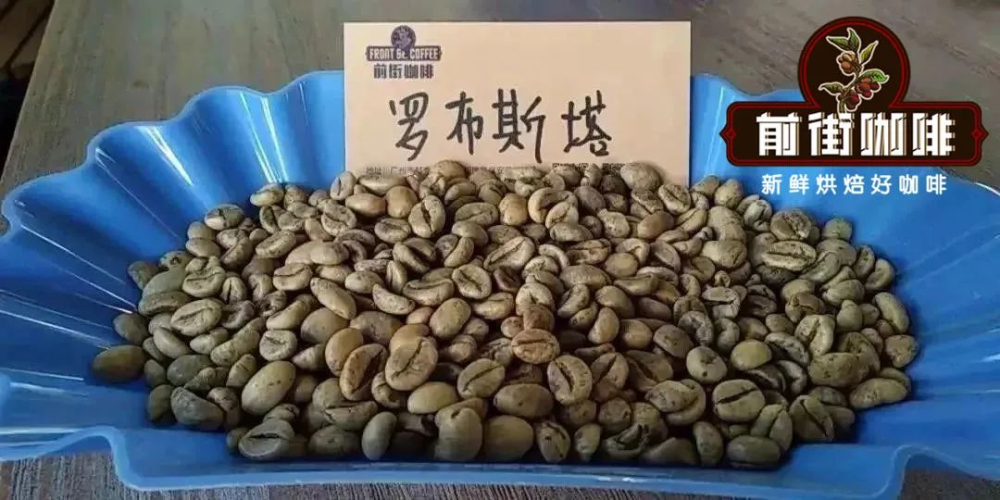
Timor Hybrid was originally a natural hybrid of Tieka and Robusta on the island of Timor. It inherited the high yield and disease resistance of Robusta. When it was introduced into Indonesia, Canon would call it Tim Tim, and after planting in Indonesia, it also derived its own line Bor Bor, meaning "fruitful", and its yield was also higher than that of Tim Tim. Katim Katim was in 1959, when the Portuguese moved the Brazilian bourbon mutant Kadura to East Timor to mix with Tim, who is of Robusta ancestry, and has ultra-high disease resistance, three times the capacity of a tin pickup. During the leaf rust crisis, the Indonesian government not only introduced Robusta (its flavor is very different from Arabica), but also introduced Tim to East Timor to replace the iron pickup. After the investigation of later experts, a batch of Tim seeds introduced by the Indonesian government in 1980 were mixed with some Katim seeds, which were planted in Aceh in northern Sumatra. The area that Katim first detected in Indonesia is central Aceh, so locals also call Katim Ateng, taken from Aceh Tengah (central Aceh).
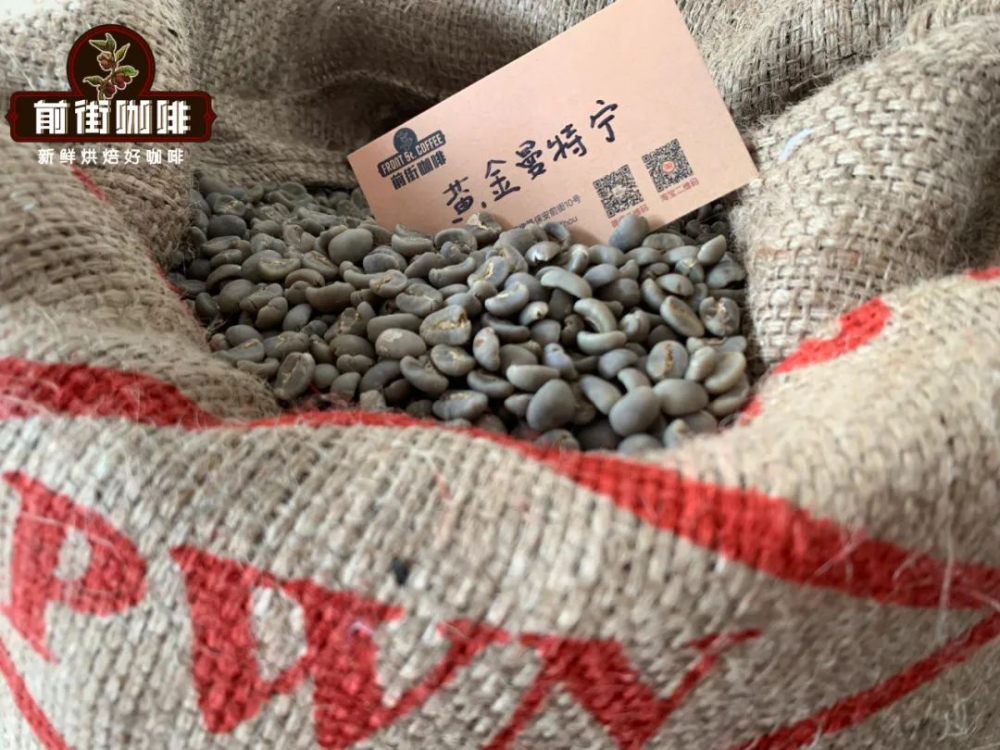
And Ateng due to disease resistance and production capacity are due to iron pickup, and after years of local adaptation, the wild flavor of Katim in Ateng has also been tamed and loved by farmers, radiating from Aceh to Lake dopa. And Ateng in Aceh has also attracted the attention of Pawani, Indonesia's largest raw bean merchant. In front of the street shelves, the coffee variety of Golden Manning, the latest season in 2020, is produced by Ateng in Mount Aceh. Jember Jember is a native S795 in Indonesia. At present, it is mainly planted in Java. It is introduced from India by the Provera Coffee Research Center (Jember Coffee Research Center) in East Java and planted by Javanese farmers, so the local farmers in Java also call S795 Jember.

S795 bean body color is blue and green, its original tree species natural variation comes from S288, while S288 was originally an excellent hybrid variety cultivated in India in 1946. S288 was named S26 after being mixed with Typica and S288 (the first generation), because the first generation of S288 was crossed between Arabica and Liberian Liberica and always had the fishy smell of Liberia. Indian botanists then interbred the Kent variety of the first generation of S288 with the iron pickup and the second generation of S288 to become the present-day S795.
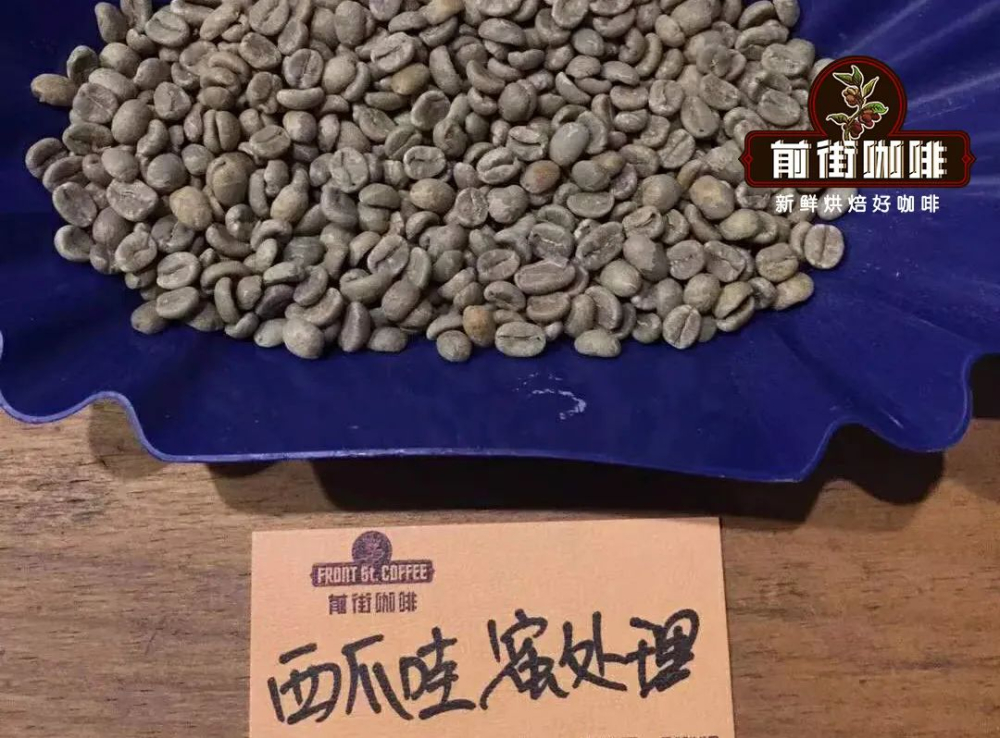
At present, the Emmani Manor in West Java, which is on the shelves on Qianjie Coffee, uses this variety of coffee beans, treated with honey, reflecting the flavor of mango, red wine, peach and jackfruit.
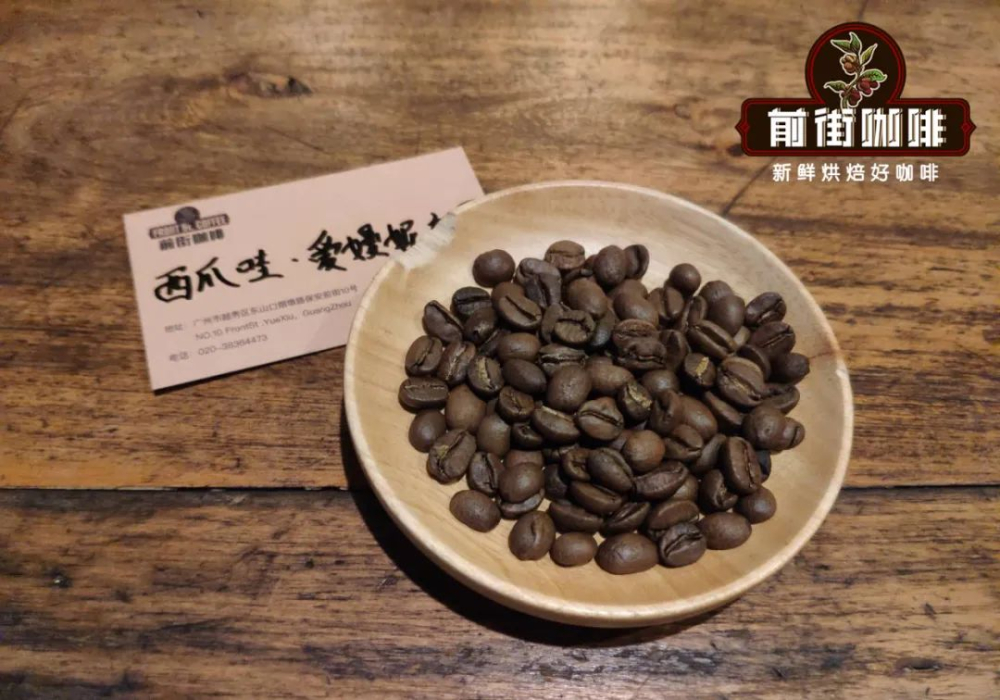
Originally, Indonesia only grows iron pickups, but it all stems from the coffee leaf rust that swept the whole of Indonesia, which led to the confusion of coffee varieties in Indonesia. Coupled with the fact that Indonesia is growing in small farmers, farmers generally have a low level of education. the ability to identify varieties is low, and often multiple varieties are mixed in one region. However, thanks to Indonesia's planting culture and unique growing environment, coffee varieties can have a good blend, forming Mantenin coffee in north Sumatra, Java coffee in Java and Toraja coffee in Sulawesi.
Important Notice :
前街咖啡 FrontStreet Coffee has moved to new addredd:
FrontStreet Coffee Address: 315,Donghua East Road,GuangZhou
Tel:020 38364473
- Prev
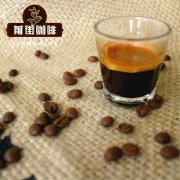
How much coffee is produced in Indonesia in a year? which brand is the best to buy coffee in Indonesia?
For more information on coffee beans, follow the coffee workshop (official Wechat account cafe_style). According to Pranoto Soenarto, vice president of the Indonesian Coffee exporters and Industry Association, coffee production in the country is expected to increase by 50 to 60 per cent in the next five years. He even accepted it on the sidelines of an industrial seminar held in Bandung.
- Next

What is the variety of Indonesian Butterfly Coffee? why does Indonesian coffee have dregs?
Professional coffee knowledge exchange more coffee bean information Please follow the coffee workshop (Wechat official account cafe_style) the Dutch brought coffee to Indonesia, but the Indonesians use its special soil to develop a unique flavor. Coffee is called kopi in the local language of Indonesia, but coffee is also called java in English, which is the Indonesian island of Java. Few people know that this place
Related
- Beginners will see the "Coffee pull flower" guide!
- What is the difference between ice blog purified milk and ordinary milk coffee?
- Why is the Philippines the largest producer of crops in Liberia?
- For coffee extraction, should the fine powder be retained?
- How does extracted espresso fill pressed powder? How much strength does it take to press the powder?
- How to make jasmine cold extract coffee? Is the jasmine + latte good?
- Will this little toy really make the coffee taste better? How does Lily Drip affect coffee extraction?
- Will the action of slapping the filter cup also affect coffee extraction?
- What's the difference between powder-to-water ratio and powder-to-liquid ratio?
- What is the Ethiopian local species? What does it have to do with Heirloom native species?

